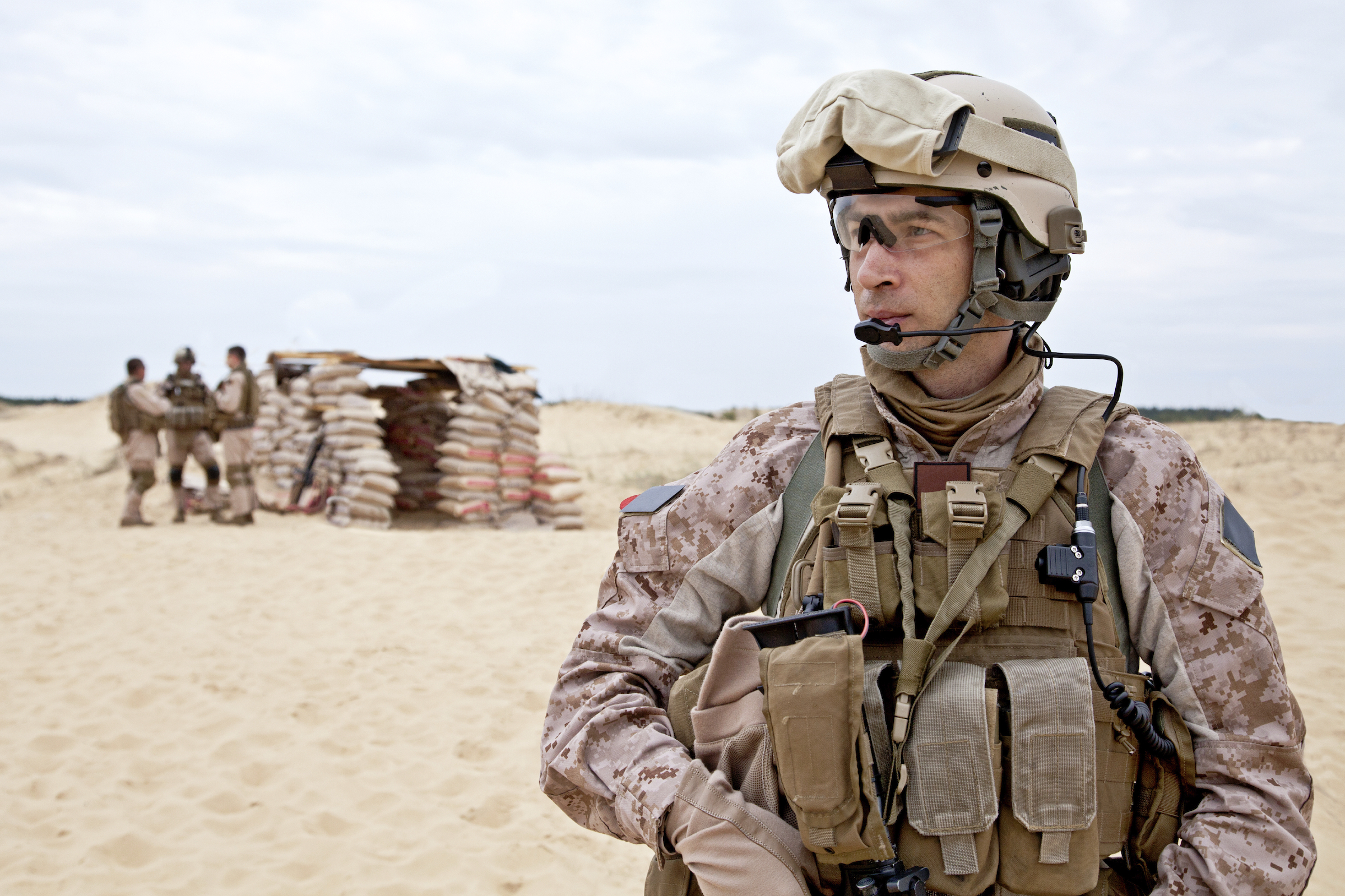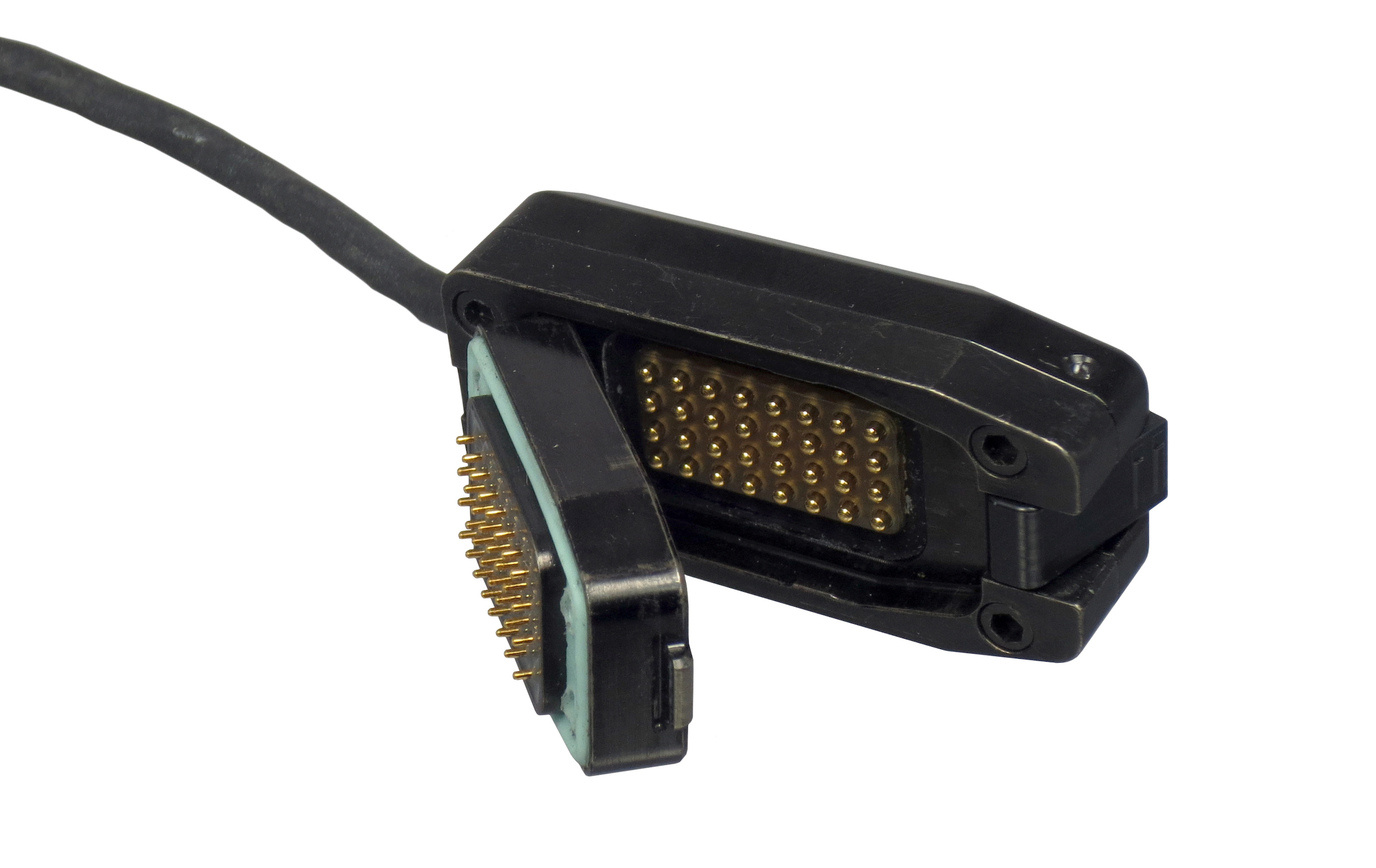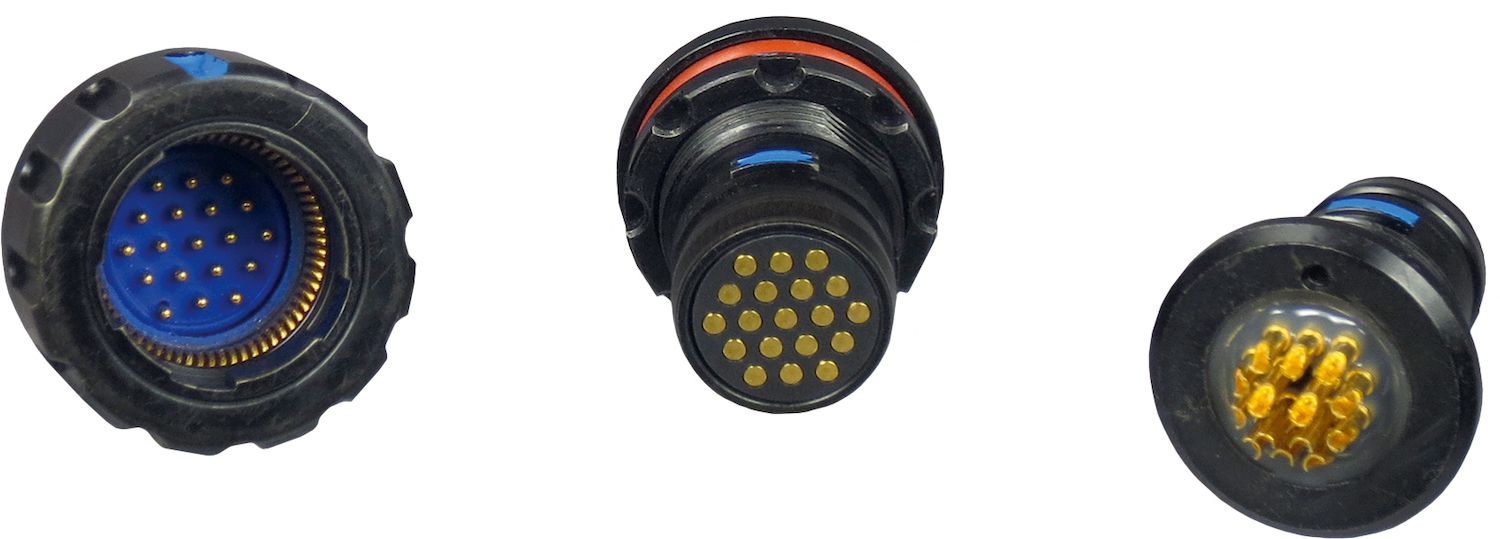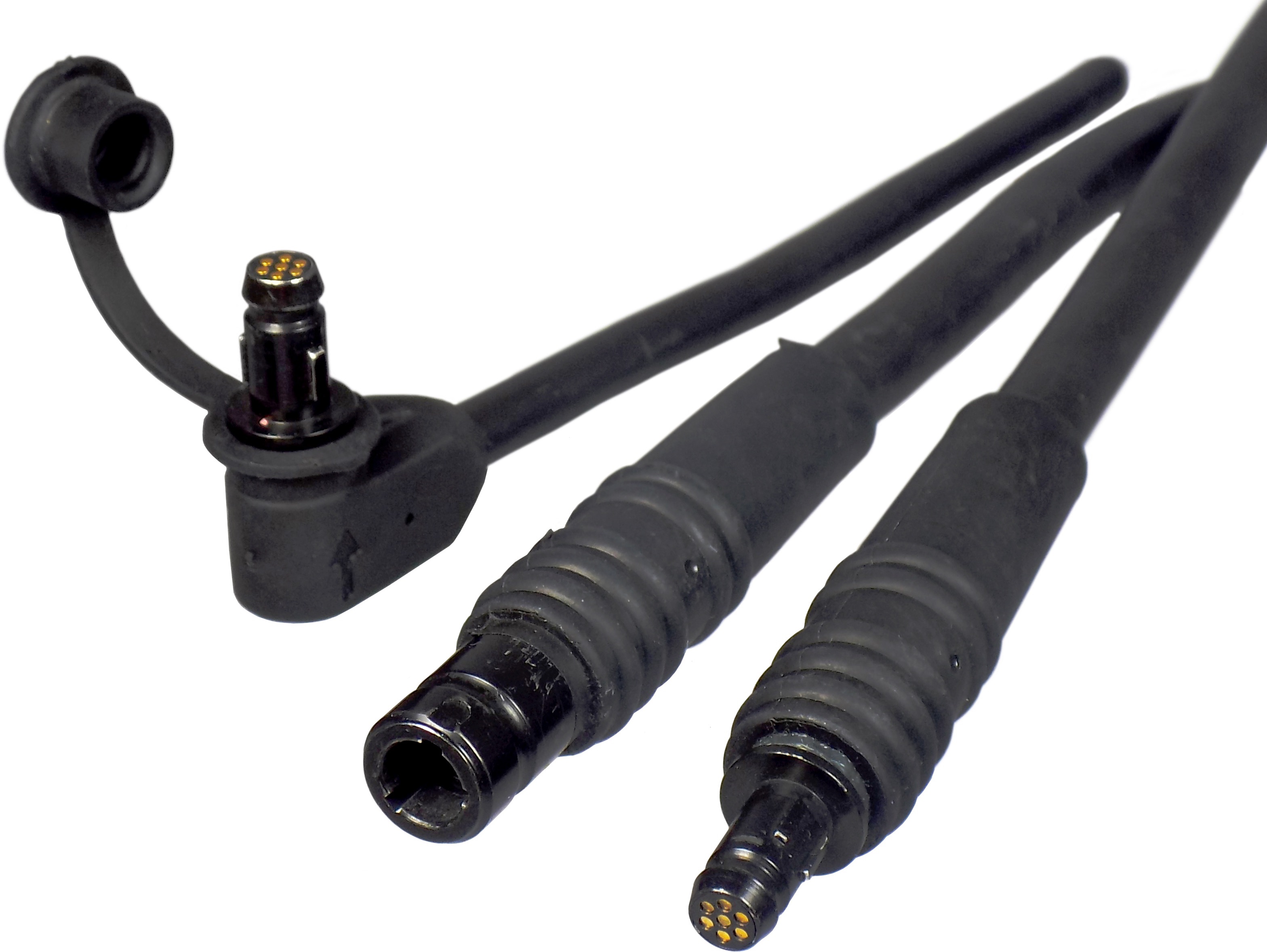Four Factors to Consider When Specifying Connectors for Military Wearables
Choosing the right connectors for soldier-worn electronics can help improve soldier effectiveness and safety in the field.

The average soldier in the field today carries between 87 and 121 pounds (39 to 59 kilograms) of gear and equipment, including an increasing amount of soldier-worn electronics. Improving battlefield effectiveness starts with ensuring every ounce of that gear is pulling its own weight — down to the smallest connector.
Here are four factors to consider when looking at connectors that can help you bring cutting-edge wearables to the tactical edge.
1. Connectivity needs are growing.
Information superiority is essential on the modern battlefield. The good news is that there are more ways than ever to achieve it. New sensors are collecting data at unprecedented levels. The Internet of Things (IoT) and other “smart” devices are able to talk to one another and transmit mission-critical information like never before. And soldier-worn equipment and devices will continue to evolve as the digital revolution marches on. Augmented and virtual reality (AR/VR) devices, as well as smaller and more advanced military-grade radios and tablets, are all on the horizon.
The challenge is connectivity-hungry devices and data-heavy workloads have caused demands for bandwidth to skyrocket. That’s not all. As the rate and frequency of signals continue to increase, so does the likelihood of interference or crosstalk, creating the potential for data breaches, inaccurate mission intelligence, and threats to soldier safety.
Soldiers need smart, integrated systems to ensure important communications are successfully transmitted and received. Your wearables should be rated for high-performance transmission of data, signal, and power, and include robust shielding to ensure complete protection against electromagnetic interference (EMI).

ITT Cannon’s Rock-in-Lock™ Latching System is a flash-drive-sized, quick-connect solution that delivers high signal integrity and significant power, data transfer, and time savings for soldiers and first responders. It enables single-handed use and blind mating, and is low profile, lightweight, and submersible to 2m.
2. Battlefield readiness is a must.
The mark of a good connector is that it’s more resilient than the soldier who carries it.
Military personnel operate in a wide range of terrains and harsh environments, and their equipment is subjected to the same punishing conditions. It’s constantly exposed to dust, dirt, mud, water, and worse — disrupting important dispatches and causing potential equipment damage.
Quality sealing and quick-cleaning features are essential to surviving battlefield conditions. Snap locks and seal rings, for instance, can help prevent dust and dirt from filling connector cavities and surrounding the pins and sockets used for routing signals. Another option is to make the pins and sockets themselves impervious to dust and dirt with a solid contact pogo pin system, which can be cleaned with a quick horizontal swipe. Built-in breakaway functionality is also a critical feature — allowing soldiers to disconnect, clean the face of the connectors, and reconnect their devices in a matter of seconds. This minimizes potential equipment damage and enhances battlefield readiness.
Withstanding water ingress or water submersion is equally important. Luckily, modern connectors run the gamut of submersion levels. The very best have been tested for submersion up to 20-plus meters (roughly 65 feet) of water. The trick is to thoroughly evaluate your needs and decide what level of protection makes the most sense for your application.

ITT Cannon’s Nemesis II CBA miniature circular connectors for soldier-worn applications are small, lightweight, and highly reliable. Designed and tested to 20+ meters of water submersion and 10,000+ mating cycles, they offer high-pressure sealing and breakaway functionality while enabling quick termination and blind mating.
3. Mobility is about more than size.
Staying mobile is essential for staying safe on the battlefield. So it’s no surprise that the trend toward smaller connectors continues to be a major factor in soldier-worn defense technology. Today’s soldiers need compact, streamlined connectors that don’t compromise performance to keep them light on their feet, well-informed, and agile on the field. But making connectors smaller isn’t the only way to reduce weight.
There are multiple ways to accomplish this. One is to combine functions such as power and high-speed digital processing into the same connector, reducing the total number of individual wires and connectors each soldier has to deal with. Fabric connectors are another innovative option. Designed to seamlessly integrate with the fabric of a smart vest, where most of a soldier’s network is housed, they help to reduce overall weight and complexity.
Unique designs can also help improve mobility. Quick disconnect features, for instance, help protect soldiers from getting tangled or snagged when traveling in natural environments. Similarly useful are quick-connecting features that allow soldiers to perform critical functions without extra tools — saving them the extra weight of the tools and critical seconds and minutes when it matters most.

ITT Cannon’s Nemesis II CBA 20M+ connectors for soldier modernization are also available as ruggedized cable assemblies.
4. Partnership is the ultimate engineering tool.
Don’t limit your soldier wearable designs by what you see in catalogs. If you need a connector with specialized capabilities, lean on the industry experts at top connector companies to develop it for you.
The best thrive on collaboration with their customers and can modify solutions to meet your unique requirements — or develop a custom, high-performance design that still fits within your budget. By partnering with and working side-by-side with these companies, you may be surprised to see how they can anticipate your needs and provide proactive solutions to your challenges.
It’s this type of collaboration that achieves the best possible results for your soldier wearable designs and for the end users in the field. At the end of the day, giving soldiers the tools they need to fulfill their duties and get home safely is what matters most.
Visit ITT Cannon online.
Like this article? Check out our other wearables and Connector Basics articles, our 2019 Article Archive, and our Military & Aerospace Market Page.
- Four Factors to Consider When Specifying Connectors for Military Wearables - October 29, 2019





